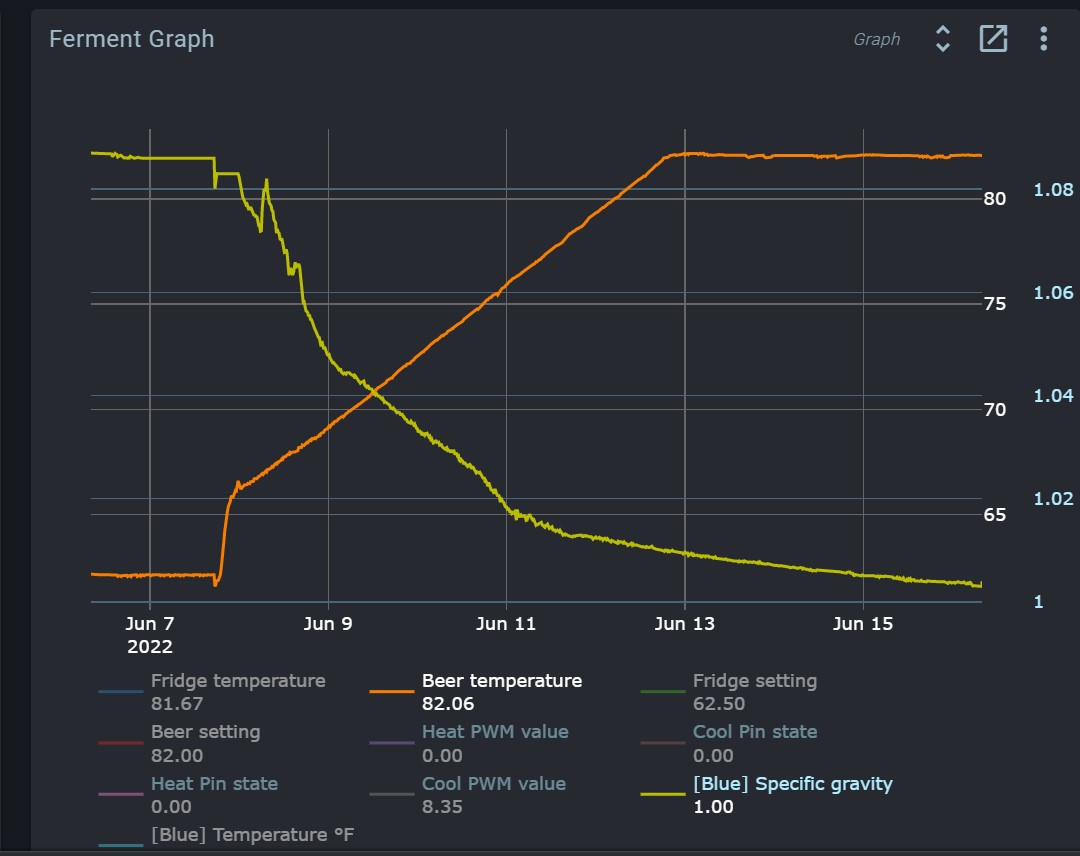SRJHops
Why did the rabbit like NEIPA's so much?
I've had some success with Belgian beers, but still don't feel like I have the fermentation temps and schedule dialed in. Does anyone have experience to share with fermentation temps and schedules? I am most interested in the regular Trappist/Abbey Belgian yeasts. My go-to is 3522. (I know the Saisons can go really hot.)
Brew Like a Monk seemingly has opposing recommendations. There's a chart that shows good flavors from fermenting from 75 - 85 degrees. But in the book there are also lots of mentions about starting fermentation lower, at 64 or so, to "control" the yeast. They recommend free-rise and/or raising the temperate a few degrees every day, up to 75.
My concern about fermenting too hot is creating fusels and acetaldehyde. But I also wonder if that concern is overblown, and pitching at 75 and letting it free rise to 85 would produce more flavor, which I would like to maximize. I know some folks don't like the fruit and spice, but I want as much as possible -- but I don't want off flavors.
Brew Like a Monk seemingly has opposing recommendations. There's a chart that shows good flavors from fermenting from 75 - 85 degrees. But in the book there are also lots of mentions about starting fermentation lower, at 64 or so, to "control" the yeast. They recommend free-rise and/or raising the temperate a few degrees every day, up to 75.
My concern about fermenting too hot is creating fusels and acetaldehyde. But I also wonder if that concern is overblown, and pitching at 75 and letting it free rise to 85 would produce more flavor, which I would like to maximize. I know some folks don't like the fruit and spice, but I want as much as possible -- but I don't want off flavors.









![Craft A Brew - Safale S-04 Dry Yeast - Fermentis - English Ale Dry Yeast - For English and American Ales and Hard Apple Ciders - Ingredients for Home Brewing - Beer Making Supplies - [1 Pack]](https://m.media-amazon.com/images/I/41fVGNh6JfL._SL500_.jpg)

















































